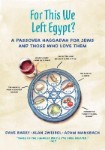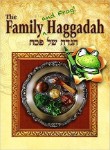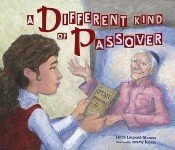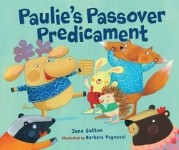A deep novel with crash courses: Thoughts on “Ephraim’s Bones” by David de Wolf

Buy this book at Amazon or for Kindle or at Bookshop
Can you imagine a whole college semester packed into a novel? If you read deeply enough–and motivated enough–that’s what you get in “Ephraim’s Bones” by David de Wolf. There is enough material in it to form the base of history, political science, psychology, and philosophy/theology course. The trick, just like with any university course, is that you would have to do the work. Let me help with that.
History: The book is set in Europe during the tumultuous second half of the 19th century, from 1852 to 1881. Although the revolutions of 1848 were over before the book started, the process of nation-building just got into high gear. We encounter bits of how Germany, Italy and France developed in this era, not to mention what happened in the future/past land of Israel. We get introductory glimpses into these processes, that are just enough to understand the journey of the main character of the novel. If you are historically inclined there is a lot you can dig in here, using the events mentioned in the book as a starting point.
Political science: The book opens with, and regularly returns to, scenes of political imprisonment. Through this example and its background, you can observe from the ground-level perspective the description of what kind of political machinations, alliances, methods, objectives, and ideologies drove the processes mentioned in the paragraph above. While you can see relatively little (just the necessary amount) of the grand picture of the forces present, but much more of what happens at the lower, community, or individual level.
Psychology: We follow an individuals’s development from being a teenager and going down on a rebellious pass, through trials and tribulations of personal, and professional life all the way to becoming a family man and eventual death. Along the way we learn his motivations, what he believes is behind his failures and successes, and the stages of reaching his emotional maturity. And that is just the protagonist. We also get a generous peek into the states and changes of his mentors, family members, friends, and occasionally adversaries. While the book is not filled with analysis it provides extraordinarily well-articulated descriptions of emotions from which the reader can induce the psychological makeup of the characters.
Philosophy/theology: If the other courses in this book would be undergraduate level courses this one would be an intro to graduate level. Some of it was accomplished with a Forest Gump effect with a twist. Gump met all sorts of famous people of his era, mostly unaware of their fame or importance. Joseph Socher/Johann Lichtman met a lot of the philosophical luminaries of his era and some of the theological innovators too. However, he was fully aware of how lucky he was to develop a working relationship with them. He took every opportunity to further his mind and sometimes his spiritual side too by being influenced by these thinkers. Personally, I enjoyed this aspect of the book most. I felt like a celebrity stalker, who had a chance to observe celebrities who became known for this mental work as opposed to a lot of today’s celebrities who became famous for more mundane reasons.
As a reader though I faced the challenge to figure out which side characters are based on real historical figures and which ones were made up by the author. Spoiler alert: Erneste Lirac, the often-mentioned author in the book doesn’t seem to be real. That was a bit of a disappointment as I felt reading “his” book too. However, I discovered early on that at the end book there is a useful summary of “Historical People”. Below are my four new favorites. New, because I haven’t heard of them before.
Based on the above you might think that this is boring, dry academic text. Far from it. Please feel free to disregard everything I wrote above and enjoy the book for what it is: a fast-paced, exciting, detail-rich novel, set across dozens of years and half a dozen countries. It is a coming-of-age story, within a romance novel, combined with a family drama in the context of historical fiction. All are rather fascinating on their own and together too.
Disclaimer: I have received a digital copy of this book and a small amount from the author which did not affect my review in any way.
Year first published: 2022
The book's page at the publisher's site

















